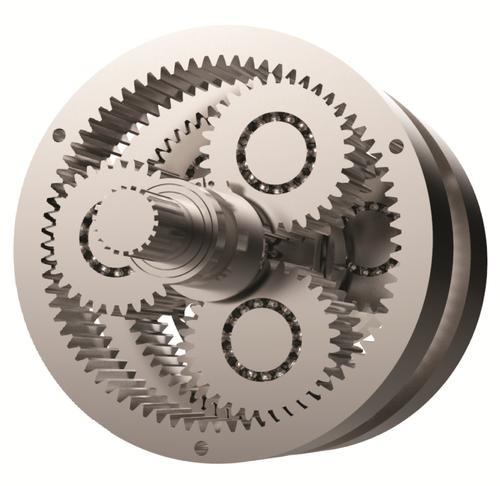Most machines run on gearboxes, including the engine and most of the manufacturing machines. The essential purpose of the gearbox is to change the revving speed of the engine, while maximising output torque at basically any given gear ratio. The gearbox, together with the engine, is the driving mechanism of the machine or vehicle. In order to maintain the machine’s reliability and avoid breakdowns, it needs to be kept in a good shape and be fully functional.
Mechanics or engineers often times take the responsibility of choosing a new gearbox on their customer’s behalf, however, some basic introduction and information is certainly helpful to equip yourself with the basic knowledge of gear boxes. Knowing which ones to avoid and what to look for is important. There are several points to consider before making a decision.
All mechanical-based transportation has a gearbox. In vehicles, the three most common types of gear boxes used are automatic, semi-automatic and manual. Usually, this translates to the use of planetary gear boxes or bevel gear boxes. There are many other types, but these two are the standard in the automobile industry. Within these two types there are many notable differences, so choosing a gearbox is mostly a case of selecting one that is made for a particular car.
Fixed axis gears employ two cylindrical bevelled pieces of solid steel which rotate inside the other. There’s a straight and spiral bevel gearbox and both are used for right angle applications. The spiral gearbox has spiral teeth that interlock with the teeth of the adjoining cylinder. The straight version, on the other hand, has straight teeth that interlock with the teeth of its adjoining cylinder. The spiral bevel box enables faster movement through the gears and is better suited for fast moving applications. The bevel box, if designed for manual transmissions vehicle, is made from aluminium alloy, cast iron or other solid steel.
Unlike fixed axis gear systems, the planetary gear boxes are slightly more complicated as they consist of three primary components – two or more planet gears, a sun gear and a ring gear. The name of the planetary gearbox derives from its resemblance to the solar system. The center cylinder is the sun gear whose teeth interlock the surrounding planet gears. The teeth of the planet gears interlock with the inward facing teeth of the outer ring gear. This system is meant from automatic transmission vehicles and it’s made of stainless steel, brass or aluminium. All of this can vary according to the manufacturer.




